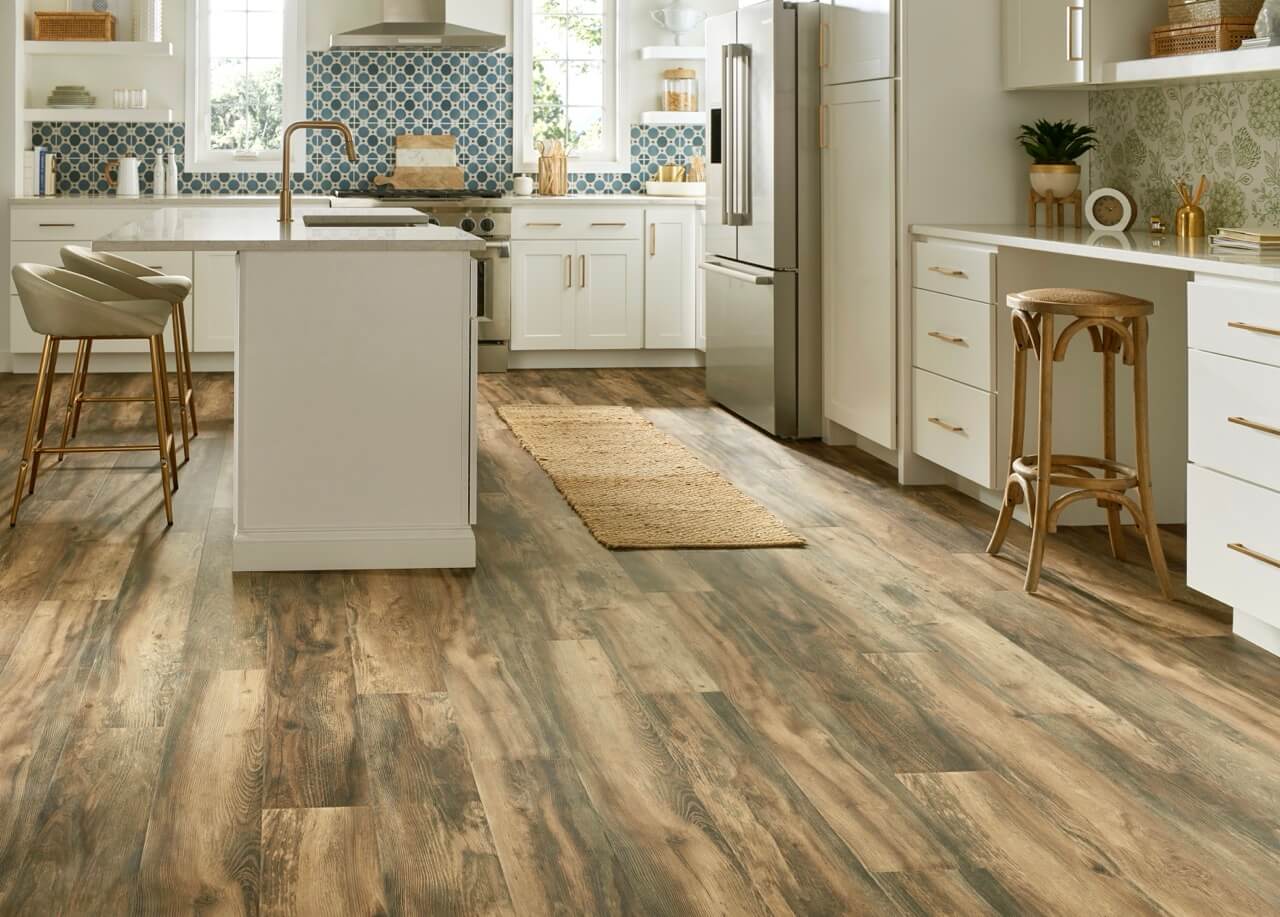Laminate Flooring FAQs

General FAQs
Guide to suitable subfloors for laminate installation
Installing wood-based laminate flooring requires a suitable subfloor to ensure durability and optimal performance. Here's the NALFA Certified guide on what you can install laminate over, to be sure your new floor is supported correctly and looks fantastic.
